-
Posts
527 -
Joined
-
Last visited
-
Days Won
8
Content Type
Profiles
Forums
Gallery
Downloads
Blogs
Events
Store
Aircraft
Resources
Tutorials
Articles
Classifieds
Movies
Books
Community Map
Quizzes
Posts posted by flyvulcan
-
-
In my opinion, that is a fairly important observation. Although I wouldn't say the effort was wasted on the few, rather the effort could have supported a lot more participants/spectators.Great effort wasted on so few, so far away from a major center.While the support of the Narromine community has been stellar, do forumites think there could be a better venue that would be more convenient for both participants and spectators to get to? Would holding the event closer to a major centre attract more spectators or enthusiasts? Could the quality of the event be improved by being at a different location?
I'd be interested in opinions and suggestions.
-
More feedback from a SAAA National Councillor is that there were no CASA ramp checks conducted at the event (please correct me if this is wrong) and that the feedback posted here has been noted (the catering issue resulted from the withdrawal from the event of one of the main caterers who committed to another local function in place of AusFly).
Even with the small complaints, the event was considered to be a success and there are positive indications that next years has the potential to be bigger and better.
-
And also, congratulations to forumite jakej who won the award for best composite aircraft with his trusted Glasair VH-JBJ!
-
 1
1
-
-
Off topic:
For the Yak enthusiasts, I was being driven from the airport in Bishkek, Kyrgyzstan on Friday and spotted an interesting aircraft on a stick in the grounds of a primary school on the side of the road (you can see it on Google Earth in the town of Manas which is about 5km from Bishkek airport). On the way back to the airport the next day, I got the driver to stop at the school so I could take a photo which I am attaching for interest. There were 2 security guards standing right next to me when I took the photo and I'm sure that they would have thought I was a pervert taking photos of a primary school, had I not been in a pilot's uniform...
Back to topic:
There has been some great feedback about AusFly from attendees on this thread. I'll make sure that it all gets back to the SAAA National Council so the issues can be addressed for the next AusFly.
-
 1
1
-
-
An air show performer will generally have his display designed around a series of "gates". The gates are normally established for entry, during and exit from manoeuvres and generally consist of location/altitude/speed/bank angle etc. targets which if not achieved will result in a "knock it off". The "knock it off" recovery will also be preplanned.
A looping manoeuvre such as the one flown at Shoreham would normally have had a gate going over the top of the loop which would have included a minimum altitude and a speed range. The pilot would check this gate going over the top (indeed he would be anticipating it on the upside of the loop and relax the g a bit if he could see that he was not likely to achieve the minimum altitude at the apex for example). If at the apex of the loop the gate was not achieved then the pilot would bug out of the manoeuvre (generally roll right side up) then re-establish the routine to achieve the gate for the next manoeuvre.
The routine and gates would be established such that if there was an event, such as a loss of power, that a recovery to controlled flight would be possible. This is why the STOL aircraft hanging on its prop at 100' above the runway at minimum speed is not smart. A loss of power from this flight regime would result in an uncontrolled crash. If done at 500', a loss of power could give the pilot a reasonable measure of control into the ensuing impact with terrain.
In an accident such as the one at Shoreham, there could have been any number of factors contributing to the accident; failure to achieve a gate, failure to fly the required profile accurately, systems failure of the aircraft, environmental factors (bird strike etc.) etc.. With the availability of information about this accident, I anticipate that the AAIB will be able to fairly accurately determine what factors contributed to this tragedy.
-
 2
2
-
-
That's great news! The recreational aviation fraternity really needs to get behind AusFly and make it the "go-to" event on the annual aviation calendar.Great show and perfect weather! Carpark packed to overflowing today.So, can we please get some photos posted here for those like me that couldn't make it? We are hanging out to feel like we are a part of it, even if we couldn't make it there.
-
Did I mention that I bought another Lightning Bug during July? N2024J has been sitting idle for around 6 years in a hangar in Kansas. I have been trying to coax the owner into selling it to me for that time but he has been holding out on me. He finally relented and now it's mine.
The intention will be to use this Bug to test a new engine installation (the one I have under development as an alternative to the Rotax).
Here are a few pics of a very dusty N2024J. It'll scrub up nicely, I'm sure!
-
 1
1
-
-
I just got this response from the SAAA Secretary who asked me to post it on this forum. Camping under wing is definitely allowed. You just need to indicate to the marshallers on your arrival that you intend to underwing camp and you will be marshalled to the appropriate area.
Folks,
CASA has insisted we do not allow camping in areas under the display area. That is completely reasonable.
We advertised underwing camping, and I asked people to tell the marshals of their intention to camp under wing, and they will be guided to the underwing camping area.
It’s a beautiful day, come and join us and camp in the designated areas.
See you soon!
Shirley Harding
SAAA Hon National Secretary
-
 4
4
-
-
I have just contacted an SAAA National Councillor who is on site at Narromine to advise him about this camping under wing problem. He was not aware that there was an issue. He will chase it up immediately to try to get it clarified/resolved.
I shall post here as soon as I get an answer back from him.
-
-
I figured someone should start a thread where any folks that make it to AusFly can post a record of their time there.
Photos of aircraft, videos and reports about interesting aircraft, products, goings on etc. would be welcome in this thread.
So, who will be the first to post a photo of their aircraft at AusFly?
-
 1
1
-
-
From observing the flight spoilers, the initial roll left appears to be pilot induced, as were the following rolls. I suspect it was the pilot "farewelling" the airfield in a somewhat aggressive manner. He also appears to be pedalling the rudders quite aggressively.
-
 2
2
-
-
I'd be very careful if I were that guy. I have read claims that this dentists chair is booby trapped.
Still, I reckon these claims would be hard to swallow but if found to be true, could be quite a handful for the patient to deal with...
-
I'd be very careful if I were that guy. I have read claims that this dentists chair is booby trapped.
Still, I reckon these claims would be hard to swallow but if found to be true, could be quite a handful for the patient to deal with...
-
 2
2
-
-
Welcome Henry.
It sounds like you will have had an interesting career with fantastic countryside to fly around in.
While a lot of this forum is based around Australian operations, there is still a lot of general information to be gleaned.
Dave
-
Welcome Henry.
It sounds like you will have had an interesting career with fantastic countryside to fly around in.
While a lot of this forum is based around Australian operations, there is still a lot of general information to be gleaned.
Dave
-
Generally fair points FT. Again, pros and cons. The examples that you have given relate to design or manufacturing whereas the ones I have given relate to aerodynamics and handling. One set of examples is relevant to designers/maintainers and one to pilots.
At the end of the day, the designers/maintainers may have a preference for the single boom as being the "best" configuration (due to designability/maintainability) while the pilots may have a preference for the twin boom configuration (due to performance and handling characteristics).
I was simply questioning the validity of your statement that "The best pushers are single boom with the prop above the boom" . Perhaps your statement should have been predicated with "In my opinion,..." in order to differentiate opinion from fact.

-
 2
2
-
-
Less "efficient" in what way? Structurally, aerodynamically, financially...?The basic problem with the Vampire and the Ion is the twin boom design isn't very efficient.The best pushers are single boom with the prop above the boomThere are benefits and drawbacks to both single and twin boom configurations. Single boom pushers are generally a little lighter than twin boom pushers. However, the twin boom configuration can often allow the thrust line and cg to be spaced closer in the vertical plane thereby reducing the pitch up/down with power application. Also, the twin boom configuration can facilitate a fuselage pod with less height.
These are just some of many compromises for each configuration and at the end of the day, the designer will determine which "efficiencies" are his priority and design accordingly.
I don't feel that it is justified to knock the twin boom configuration of the Vampire. It has it's pros and cons but at the end of the day, the performance of the Vampire is quite reasonable for the powerplants that have been fitted and anecdotal reports that I have heard about the handling of the new Vampires (from Ken Garland - see http://garlandaerospace.com.au) are that handling qualities are reasonable.
-
 2
2
-
-
I don't care what anyone says, it is a real privilege to see that aircraft fly and I for one would like to see it keep flying.
In 1988, I was based at RAF Scampton which was also the home to the Red Arrows, Vulcan XH558 and the Bulldog display pilot. The weekday practices were a sight to behold but the Vulcan was the most impressive by far. No matter where you were on base, whether indoors or outdoors, you would know when the Vulcan was taking off. You would hear a roar, the earth and buildings would shake and 20 seconds later, the Vulcan would appear in the sky at about 30 degrees nose up. It's display at that time was extremely impressive!
I also had the unfortunate privilege (?) of potentially bringing it down one day... The aero modelling group on base normally flew their aircraft on the airfield after hours. We would gain approval from ATC first who would designate us an area on the field to fly from. If any aircraft were due in or out, ATC would drive out and let us know to ground our aircraft until after we got the ok to carry on. One particular weekend, I obtained the appropriate approval and was flying my model around 500' practising some aeros. I heard the familiar sound of the Vulcan arriving. I turned around to find it about half a mile away, coming right at me at probably 300knots and about 200'agl, about to beat up the airfield. Needless to say, I dove my model for the deck and a few seconds later, the Vulcan flew right over the top of me. The duty ATC lady arrived about 10 minutes later and sheepishly apologised for not warning me about the arrival. She had momentarily forgotten about me... We prudently agreed not to tell anyone about the incident... Ah, the good old days...
Anyway, along with the Red Arrows, the Vulcan is a terrific advertisement for the RAF and the general public are justifiably proud of their industries achievement to develop this iconic aircraft. I know it costs a bucket to maintain and operate but it is a huge motivator for young and old alike.
-
On our Lightning Bug fitted with a 912ULS, we have used the Downwind Technologies Toucan system. I cannot report on whether it has any effect on power because it is too early in our test flying phase to determine how the engine is really performing but it is certainly quiet.
Here are some pics that might give you some ideas. The routing of the pipes is flexible.
As you can see, we had to do a lot of cutting and welding to get our pipes to fit within the very tight engine bay of the Bug. Now that we know the routing for the pipes, we shall be able to get custom pipes fabricated to remove all the welds that are in the current system. Using the two smaller mufflers has given us more flexibility than using the single larger muffler which we simply didn't have space for.
-
Thanks for the clarification Chad. Parts of the Lightning Bug history puzzle have now fallen into place. So Lanny now has 2 of the 3 Bugs that he built parked in his hangar. That's cool!
All we need now is a new build, lightweight, fresh engined, EFIS equipped Bug in there as well...
-
 1
1
-
-
I can now confirm that at 2500' on an ISA+15 day that 5500rpm gave 160 kias and 5800rpm gave 170kias.170kts at this stage is WOW!! For sure.Can you give away the rpm it made? How much more do you think it has?I like to sit on 5500rpm. Midway between max torque and max power. Engine loves it!
The engine easily and quickly accelerated to both 5500 and then 5800. It wasn't like from 5500rpm with the throttle pushed forward that the rpm slowly crept up to 5800. This indicates that the engine is easily handling the current prop and would likely accept more pitch. It bodes well in our quest for speed.
WRT handling, the roll rate at both high and low speed is very high. We will desensitise the ailerons a fair bit. The Bug is about speed, not snap roll aeros. We need to make it suitable for the low time pilots that will fly it so control effectiveness/harmony/stick force per g etc. must be suitable for the novice pilot so as to minimise the risk of him hurting himself. We have plans how to do this and it's an easy mod to incorporate.
-
Nick Jones put his Bug down on a road close to Oshkosh after having an engine problem. He ground looped it to stop running into something but the aircraft was fine. He fixed the engine overnight and then flew the Bug off the road and into Oshkosh. That is probably the incident that you are referring to.He lost engine power on the way to Oshkosh and had to put down. I don't know if the Bug was damaged. The other Bug either had only been test flown or not flown at all at the time.If the cowl flap on the Aeroprakt helps you pick up 60 knots and 500fpm, it would be an interesting race between the Bug and the Aeroprakt! What's say we meet in the skies over Oshkosh 2016 to put our aircraft to the test?

-
 1
1
-
-
Chad was cruising around at 160knots but I could not see in the videos at what power setting this was. I shall ask him when I next speak with him but I expect that it was somewhere between 5200-5500rpm. We are hoping that with more pitch we can pick up another 10 knots on that at least. With some cleaning up on the airframe, hopefully a little more. It would be nice to have a 170knot cruise, although 180 would be better because 3 miles a minute is easy to work with.
I am really excited about the potential we have with this aircraft (particularly when I can get my 120hp engine into it!).
-
 2
2
-


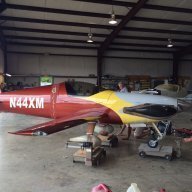

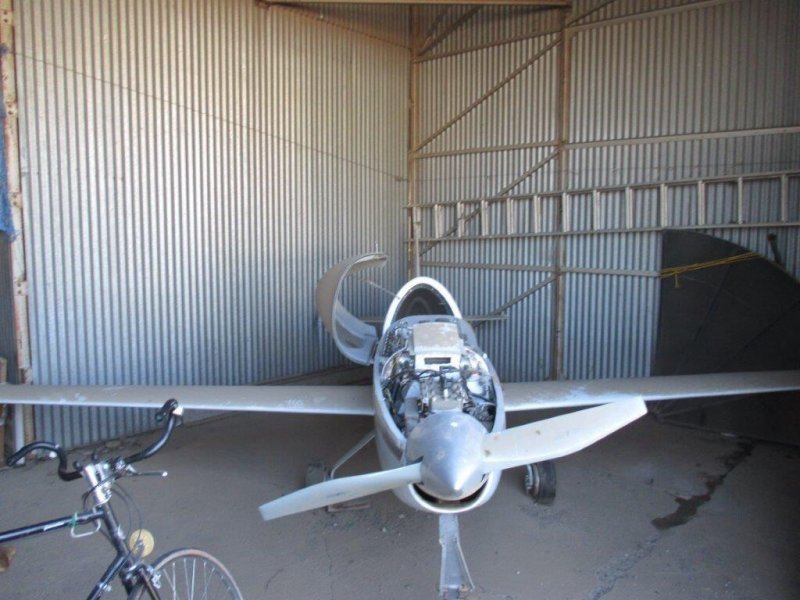
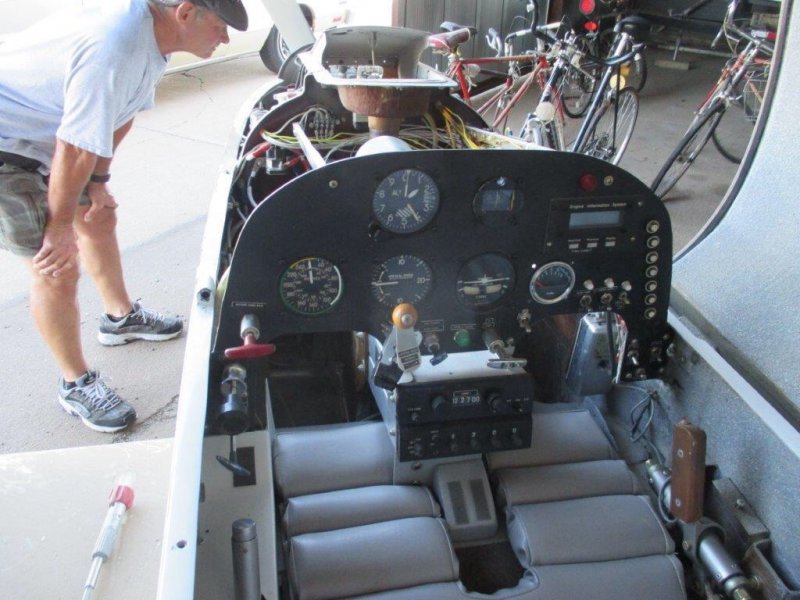
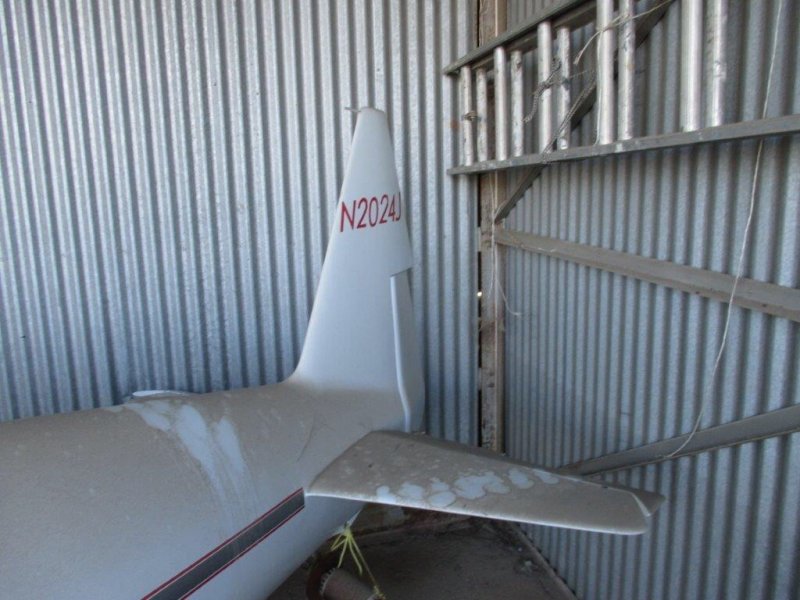
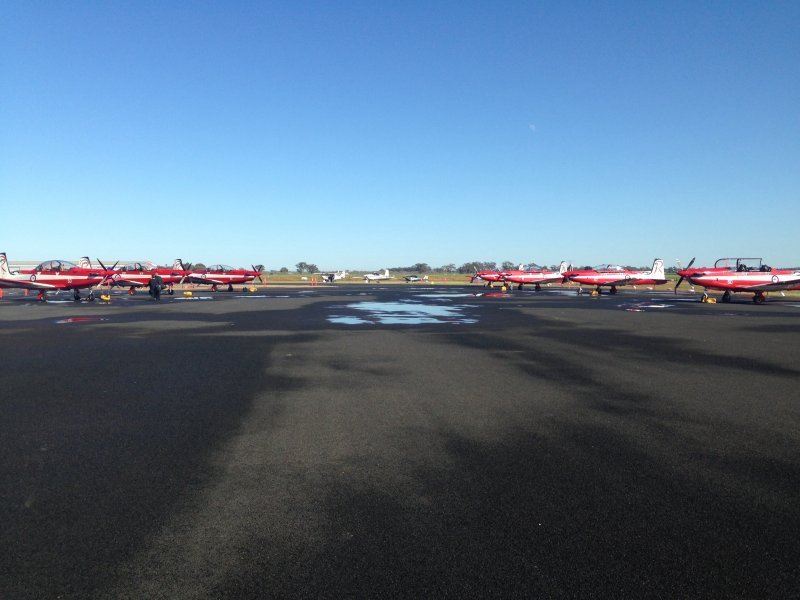

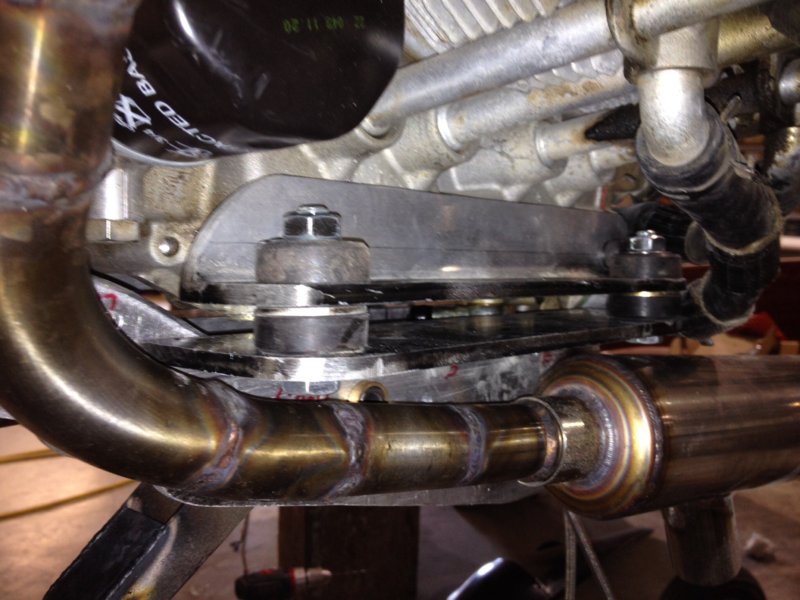
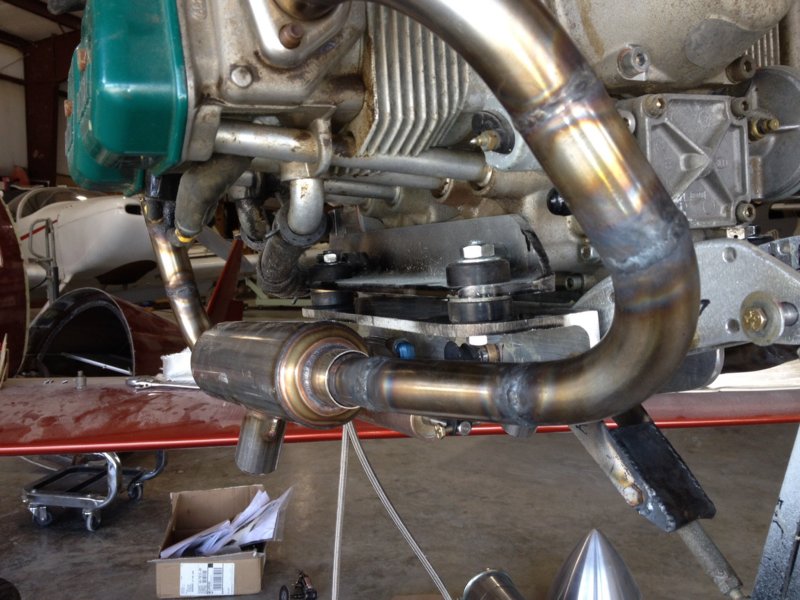
AusFly 2015 reports
in Trips/Events/Seats
Posted
1. Near a major centre (preferably within a 2 hour drive of one of Melbourne/Canberra/Sydney/Brisbane)
2. Easily accessible for all types of aircraft from PPCs to warbirds (so OCTA and not surrounded by Tiger country)
3. Suitable for operations of all types of aircraft (at least one good sealed runway)
4. Parking for over 200 aircraft
5. Air show to be supported by local council and community (so a pro-aviation community)
6. Adequate infrastructure to support the event (camping facilities, accommodation facilities, etc.)
7. VFR weather normal for the anticipated period of the event
Now let's rack our brains and see whether we can come up with some suggestions... If we cannot find one that fits the bill, let's find ones that fit the criteria closely.
So, suggestions?